From Dispute to Devotion: Ram Mandir’s Inauguration Unveiled, Ayodhya -Ram Mandir emerges not just as a temple but as Ayodhya’s heartbeat. In the words of Mahatma Gandhi, “Religions are different roads converging to the same point.” The temple symbolizes a convergence of narratives, a shared cultural legacy that transcends time. The Ram Mandir is a story—a story of resilience, unity, and the eternal spirit that defines Ayodhya.
Table of Contents
ToggleIntroduction:
Welcome to the sacred city of Ayodhya, a place where the echoes of ancient tales resonate through time, and where the heartbeat of Hinduism finds its rhythm. Nestled along the banks of the revered Sarayu River, Ayodhya stands as a testament to the cultural and spiritual heritage of India.
Ayodhya’s significance in Hinduism is profound, transcending the boundaries of geography and history. Revered as the birthplace of Lord Rama, an incarnation of the revered deity Vishnu, Ayodhya embodies the very essence of dharma and righteousness. The city breathes with the spirituality infused by the epic Ramayana, where the story of Lord Rama’s life unfolds like a divine tapestry.
At the heart of Ayodhya’s allure lies the grand saga of the Ram Mandir. This temple, dedicated to Lord Rama, is not just an architectural marvel but a testament to unwavering faith and resilience. The historical and religious importance of the Ram Mandir extends beyond its physical structure; it encapsulates the collective aspirations and devotion of millions who have held onto the dream of witnessing its reconstruction.
As we delve into the narrative of Ayodhya and the Ram Mandir, we embark on a journey that intertwines mythology with reality, faith with history. Join us as we unfold the pages of this timeless tale, exploring the layers of significance that make Ayodhya and the Ram Mandir an integral part of India’s rich cultural tapestry.

Historical Background:
In the mosaic of time, the journey to the construction of the Ram Mandir in Ayodhya is woven with threads of history, faith, and legal intricacies. As we step into the annals of the past, a compelling narrative unfolds.
Centuries ago, the devotion to Lord Rama inspired the construction of a temple at his birthplace in Ayodhya. The original temple, believed to have been built in antiquity, stood as a symbol of reverence and spiritual fervor. However, the pages of history took an unforeseen turn, and the temple witnessed a series of challenges that tested the strength of collective belief.
The Ayodhya dispute emerged as a complex knot, intertwining historical narratives with contemporary legal intricacies. The contention revolved around conflicting claims on the site, with both Hindus and Muslims asserting their rights. This dispute became a crucible where history, culture, and law converged.
Legal developments became pivotal in unraveling the intricacies of the Ayodhya dispute. The case made its way through the judicial corridors, reaching its zenith with the landmark verdict by the Supreme Court. The verdict not only adjudicated the longstanding dispute but also set the stage for the reconstruction of the Ram Mandir.
The legal journey, though fraught with challenges, ultimately paved the way for the realization of a dream cherished by millions. The triumph of justice over discord laid the foundation for a new chapter in Ayodhya’s history—one that would see the resurgence of the Ram Mandir, not merely as a physical structure but as a beacon of cultural harmony and religious unity.
Join us as we traverse through these historical crossroads, understanding the layers that led to the reclamation of the sacred ground and the revival of the Ram Mandir in Ayodhya.
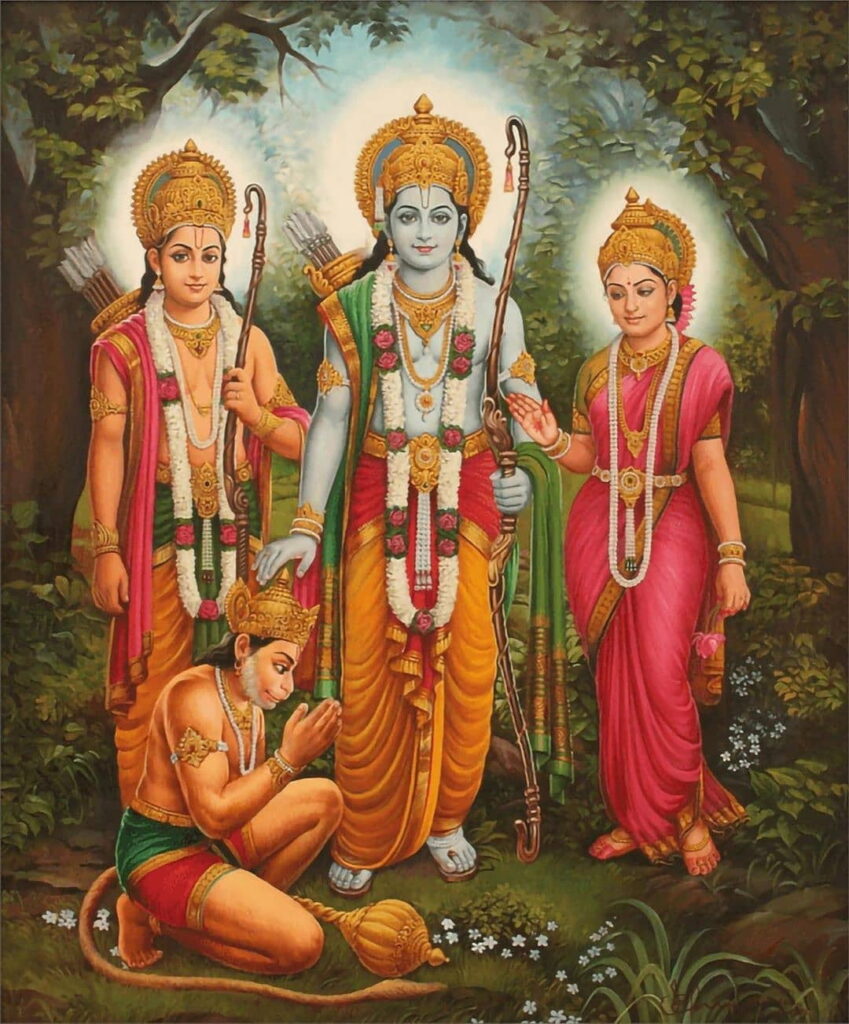
The Ayodhya Verdict:
Embarking on the legal journey that would shape the destiny of Ayodhya, the spotlight turned towards the hallowed halls of the Supreme Court. The Ayodhya verdict, a watershed moment in the nation’s history, unfolded as a saga of legal wisdom and communal harmony.
The legal odyssey of Ayodhya reached its pinnacle with the pronouncement of the Supreme Court verdict. After years of meticulous hearings and deliberations, the court handed down a decision that echoed beyond the confines of the courtroom. It wasn’t merely a judgment on property; it was a profound statement on the soul of a nation seeking unity in diversity.
The Ayodhya verdict, delivered with measured words and thoughtful consideration, upheld the principles of justice while acknowledging the historical and religious sentiments of both communities. It was a delicate balance achieved through the intricate dance of legal reasoning and cultural sensitivity. The verdict not only settled the dispute but also sowed the seeds of reconciliation.
Crucially, the Ayodhya verdict paved the way for the construction of the Ram Mandir. By allocating the disputed site to the Hindu community for the construction of the temple, the judgment transformed a long-standing discord into an opportunity for unity. The legal imprimatur provided the much-needed impetus for the realization of a dream that had endured centuries.
The influence of the verdict on the construction of the Ram Mandir is immeasurable. It served as a catalyst, energizing the collective spirit of devotees and supporters. The legal imprimatur not only legitimized the aspirations of millions but also laid the groundwork for a project that went beyond bricks and mortar—it aimed to rebuild not just a temple, but the cultural and spiritual fabric of Ayodhya.
As we reflect on the Ayodhya verdict, we witness the harmonious convergence of law and faith, paving the way for the renaissance of the Ram Mandir and the dawn of a new era in Ayodhya’s history.
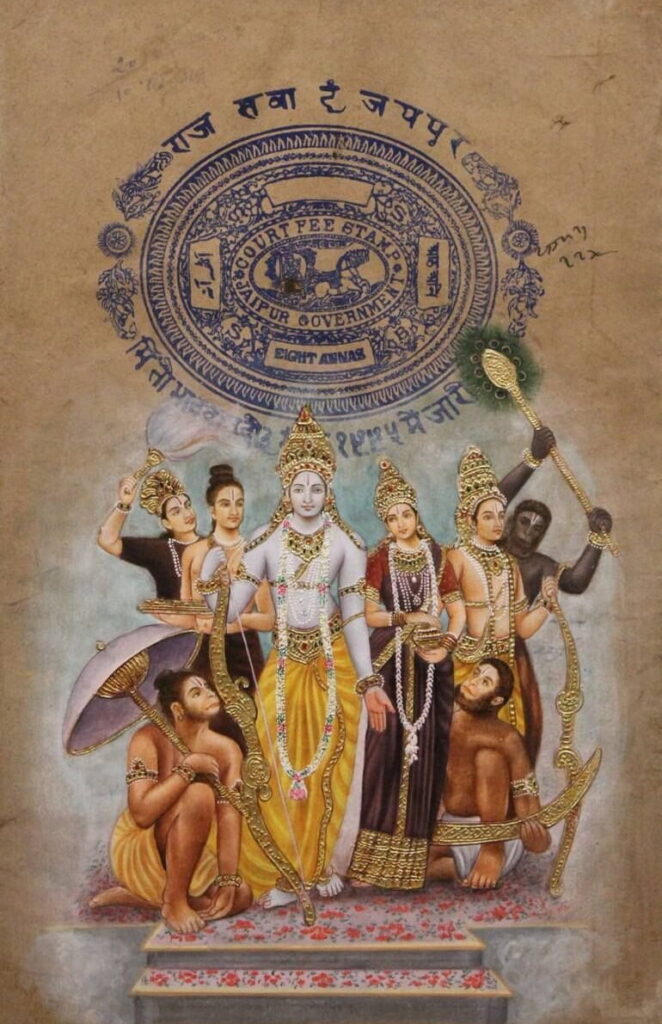
Architectural Marvel:
Step into the sacred precincts of the Ram Mandir, and you’ll find yourself immersed in a symphony of architecture and divinity. This awe-inspiring structure is more than just bricks and mortar—it’s a sublime expression of devotion etched in every detail.
Architecturally, the Ram Mandir is a masterpiece that marries tradition with innovation. The towering spires, known as shikharas, gracefully pierce the sky, creating an ethereal connection between the earthly and the divine. As you approach the temple, the intricate carvings beckon, each telling a story as ancient as time itself.
Key Architectural Features:
Shikhara Splendor:
The central shikhara stands tall, symbolizing spiritual elevation. Its intricately carved facets capture the essence of divinity, inviting worshippers to look beyond the physical realm.
Artistry in Stone:
Every corner of the temple is a canvas of artistry. The stone carvings depict scenes from the Ramayana, bringing the epic to life in a visual feast. The level of detail is not just craftsmanship; it’s a devotion in stone.
Sacred Spaces:
The garbhagriha, the inner sanctum, cradles the divine idol of Lord Rama. This sacred space, surrounded by mandapams and walkways, is a journey through devotion, inviting visitors to connect with the divine presence.

Significance of Design:
The design of the Ram Mandir is a harmonious dance of aesthetics and spirituality. It’s not just about creating a beautiful structure but about encapsulating the essence of Hindu culture and religious beliefs.
Each architectural element carries profound symbolism. The symmetry and sacred geometry of the design mirror the cosmic order in Hindu philosophy. The temple’s layout becomes a spiritual journey, a pilgrimage in stone, echoing the celestial path of Lord Rama.
The design is a living testament to the rich cultural heritage of Ayodhya. It doesn’t merely reflect the past; it bridges the gap between generations, inviting worshippers to be a part of a timeless narrative.
In the heart of Ayodhya, the Ram Mandir stands not just as an architectural marvel but as a beacon of cultural identity and spiritual unity. It invites all, regardless of faith, to witness the transcendence of devotion into art and architecture, creating an enduring legacy for generations to come.
Inauguration Ceremony:
Step into the pages of history as we unfold the grand tapestry of the Ram Mandir’s inauguration ceremony—a momentous occasion that echoed with the fervor of millions and the blessings of divinity.
The air in Ayodhya was charged with anticipation as the inauguration ceremony unfolded in all its splendor. Devotees, dignitaries, and spiritual leaders gathered, their hearts resonating with the collective joy of witnessing a dream transformed into reality.
Key Moments:
The Auspicious Start:
The ceremony commenced with Vedic chants and rituals, invoking blessings from the heavens. The traditional lighting of lamps symbolized the dispelling of darkness, ushering in a new era of spiritual radiance.
Laying of the Foundation Stone:
A moment of historical significance, the laying of the foundation stone marked the physical manifestation of aspirations that had endured for generations. The stone, placed with precision, became a cornerstone for the cultural revival of Ayodhya.
Inspirational Speeches:
Dignitaries and spiritual leaders graced the occasion with words that resonated with hope and unity. Their speeches celebrated the inclusive spirit of the event, emphasizing the need for harmony and understanding among communities.

Cultural Significance:
The cultural resonance of the inauguration ceremony transcended the physical boundaries of the temple. It symbolized not just the construction of a magnificent structure but the rejuvenation of a cultural ethos that had withstood the test of time.
The ceremony became a melting pot of traditions, where ancient rituals coalesced with contemporary celebrations. The cultural diversity of India found expression in music, dance, and art, weaving a vibrant tapestry that celebrated the unity in diversity.
For millions, the event was not just about witnessing the inauguration of a temple; it was a reaffirmation of faith and a celebration of shared heritage. The ceremony embraced people from all walks of life, fostering a sense of belonging and collective pride.
As we reflect on the inauguration ceremony, we witness more than a monumental event; we see a tapestry woven with threads of spirituality, cultural pride, and a shared vision for a harmonious future. The Ram Mandir, now standing tall in Ayodhya, not only signifies architectural grandeur but also serves as a beacon of cultural unity and religious harmony.

Religious Significance:
As we delve into the sacred precincts of the Ram Mandir, the spiritual resonance is palpable, echoing the deep-rooted religious significance it holds for millions of Hindus. The temple is not just a physical structure; it is a sanctum where devotion finds its home.
Cultural Significance:
The Ram Mandir stands as a symbol of veneration, dedicated to Lord Rama, an embodiment of virtue and righteousness in Hinduism. For Hindus, this sacred abode isn’t merely a place of worship; it is a pilgrimage site that draws the faithful from far and wide.
The idol of Lord Rama in the sanctum sanctorum becomes the focal point of devotion. It symbolizes not just a deity but a divine force that inspires adherence to dharma—the righteous path of life as depicted in the epic Ramayana. The act of worshipping in the temple becomes a sacred communion with the divine.
Promoting Cultural and Spiritual Unity:
Beyond its religious significance, the Ram Mandir plays a pivotal role in fostering cultural and spiritual unity. It stands as a unifying force that transcends regional, linguistic, and social boundaries. Devotees, regardless of background, find a common thread that binds them—a shared love and reverence for Lord Rama.
The temple becomes a cultural hub, where festivals, rituals, and traditions converge. It is a testament to the rich tapestry of Hindu culture, showcasing the diversity within unity. Pilgrims and visitors, in their shared spiritual journey, contribute to a collective experience that goes beyond individual beliefs.
In a world often marked by divisions, the Ram Mandir becomes a sacred space where people come together, reinforcing the idea of oneness and harmony. It becomes a beacon guiding believers towards a shared understanding of spirituality, reinforcing the cultural fabric that defines the ethos of India.
As we celebrate the religious significance of the Ram Mandir, we recognize that its impact extends beyond the walls of the temple. It becomes a living testament to the enduring spirit of unity in diversity, a reflection of the cultural and spiritual mosaic that defines the heart and soul of Ayodhya.

Impact on Ayodhya and Beyond:
As the grand spires of the Ram Mandir grace the skyline of Ayodhya, their impact extends far beyond the sacred precincts, touching the very fabric of the local community, the waves of tourism, and the harmonious chords of interfaith relations.
Local Community and Tourism:
The Ram Mandir serves as a beacon of hope and prosperity for the local community. The construction and subsequent inauguration have not only provided employment opportunities but also injected vitality into the local economy. Ayodhya, once a pilgrimage destination, now emerges as a cultural and spiritual hub, attracting pilgrims, tourists, and scholars alike.
Tourism in Ayodhya experiences a renaissance, with the Ram Mandir becoming a focal point. Pilgrims, historians, and curious minds converge, contributing to the vibrant tapestry of the city. Local businesses, from eateries to handicraft vendors, witness a surge in activity, breathing new life into Ayodhya’s streets.
Interfaith Relations:
The Ram Mandir stands as a symbol of cultural and religious pluralism, fostering interfaith relations. The inclusive spirit of the project, highlighted by the involvement of people from diverse backgrounds, sends a powerful message. The temple becomes a space for dialogue, understanding, and shared reverence for the cultural and spiritual heritage it represents.
The construction and inauguration of the Ram Mandir mark a triumph of unity over discord. It becomes a case study in peaceful coexistence, demonstrating that diverse communities can collaborate for a shared vision. The temple becomes a bridge, inviting people of different faiths to appreciate the cultural richness and religious diversity that defines India.
Broader Implications for National Identity:
On a national scale, the Ram Mandir contributes to the narrative of India’s cultural identity. It becomes a symbol that transcends political boundaries, emphasizing the cultural continuity that defines the nation. The temple’s construction reflects a collective assertion of values and traditions that have withstood the test of time.
The Ram Mandir reinforces the idea of India as a mosaic of cultures and religions. It symbolizes the acceptance of diverse narratives, contributing to the concept of ‘unity in diversity.’ In a world grappling with religious and cultural divides, the temple stands as a testament to India’s commitment to harmonious coexistence.
As the Ram Mandir unfolds its impact on Ayodhya and beyond, it becomes more than a place of worship—it becomes a living testament to the potential of cultural and religious harmony to shape the destiny of a city and a nation.

PM Modi Inaugurates Ram Mandir on January 22
Introduction:
In a moment etched in the sands of time, Prime Minister Narendra Modi added a new chapter to Ayodhya’s history on January 22. The auspicious occasion witnessed the grand inauguration of the Ram Mandir—a spectacle that echoed with devotion, unity, and the spirit of a nation.
Key Moments:
As the sun painted the sky with hues of dawn, Ayodhya awakened to a day steeped in significance. Prime Minister Modi, donning the mantle of a humble devotee, graced the ceremony with his presence. In his inaugural address, he spoke of India’s cultural heritage, stating, “The construction of the Ram Mandir is not just the construction of bricks and stones; it’s a reflection of our cultural heritage that has been there for centuries.”
The Prime Minister, laying the first silver brick, symbolized the collective aspirations of a nation. The ceremony, enriched with Vedic chants and religious rituals, became a vibrant tapestry where spirituality met governance.
Cultural and Spiritual Essence:
The inauguration wasn’t merely a political event; it was a celebration of cultural and spiritual unity. Leaders from various walks of life, spiritual gurus, and citizens from every corner of the nation graced the event. The air resonated with chants, hymns, and the collective heartbeat of millions who witnessed the unfolding of a dream.
The Ram Mandir, standing tall against the backdrop of Ayodhya, became a symbol of harmony. PM Modi captured this sentiment, saying, “May this event become an inspiration for the entire humanity and may India give a message of unity in the world.”
Implications for Ayodhya and Beyond:
The impact of this historic event stretches far beyond the city limits of Ayodhya. The local community, witnessing an economic resurgence, now becomes the custodian of a cultural legacy. Tourism surges, breathing life into Ayodhya’s streets and businesses.
On a national scale, the Ram Mandir becomes a beacon of India’s cultural identity. The event reinforces the idea of unity in diversity, showcasing the nation’s ability to harmonize various narratives. In the words of PM Modi, “The call of our great saints like Swami Vivekananda was – Jan Sewa is Prabhu Sewa. I am happy that in Ayodhya, Ram Naam is being offered through service.”
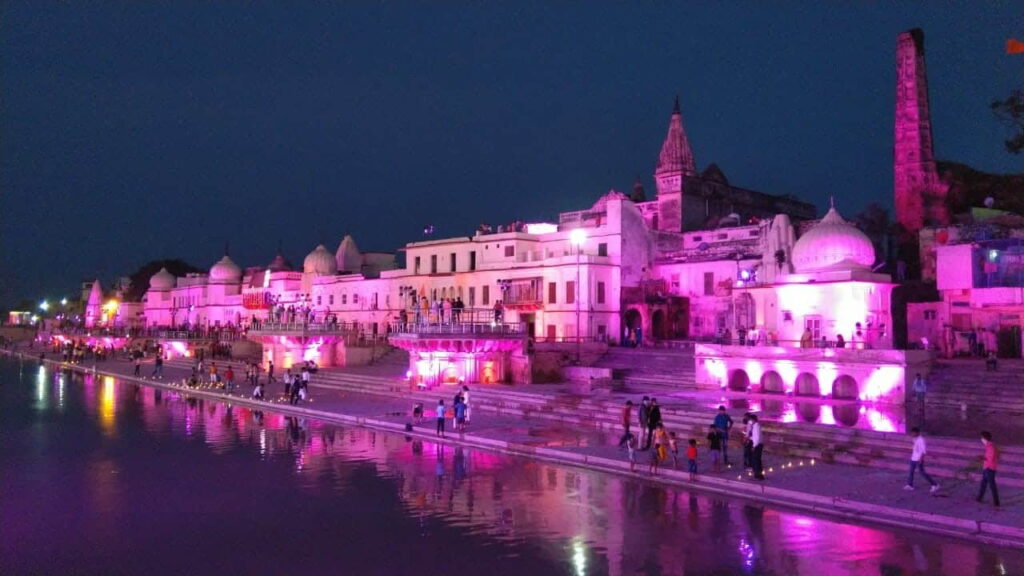
Conclusion:
In the kaleidoscope of Ayodhya’s history, the Ram Mandir emerges not merely as an architectural marvel but as a resplendent chapter etched in the hearts of millions. As we reflect on the journey from anticipation to realization, the significance of the Ram Mandir in Ayodhya’s history and its broader cultural implications becomes evident.
From the historical backdrop of Ayodhya to the legal intricacies that paved the way, the blog post has unveiled the layers of a tale woven with threads of faith and resilience. The Ayodhya verdict, a key turning point, opened the gates for the grand inauguration ceremony, a celebration that echoed with rituals, speeches, and the rich cultural tapestry of India.
Architecturally, the Ram Mandir stands tall, each carving and spire telling a story of devotion and craftsmanship. It becomes a beacon of religious significance for Hindus, inviting pilgrims into a sacred realm where Lord Rama’s legacy lives on. The temple’s design becomes a mirror reflecting the cultural and spiritual ethos of India, a fusion of tradition and modernity.
The impact of the Ram Mandir extends beyond Ayodhya’s borders. Locally, it breathes life into the community and transforms the city into a thriving cultural center. Tourism experiences a surge, and the temple becomes a melting pot where diverse narratives converge. Interfaith relations find expression in shared reverence, fostering unity.
In conclusion, the Ram Mandir is more than a physical structure; it is a living testament to the resilience of faith and the spirit of unity. Its significance in Ayodhya’s history is profound, marking the revival of cultural heritage. On a broader scale, the temple symbolizes India’s commitment to inclusivity, offering a narrative of unity in diversity that reverberates beyond its borders.
As the Ram Mandir stands proudly, it invites us to ponder the enduring legacy it leaves—of a city that rose from historical disputes to embrace a cultural renaissance, and a nation that celebrates the coexistence of myriad beliefs. In Ayodhya’s heart, the Ram Mandir is not just a temple; it is a sacred ode to India’s cultural vibrancy and the timeless spirit that unites us all.
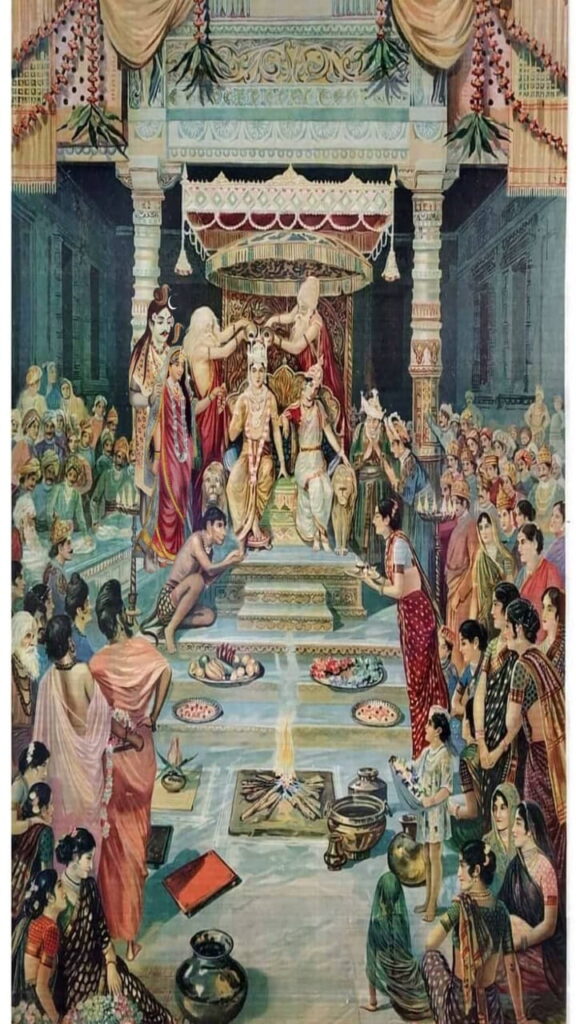
As we conclude, the Ram Mandir emerges not just as a temple but as Ayodhya’s heartbeat. In the words of Mahatma Gandhi, “Religions are different roads converging to the same point.” The temple symbolizes a convergence of narratives, a shared cultural legacy that transcends time. The Ram Mandir is a story—a story of resilience, unity, and the eternal spirit that defines Ayodhya.
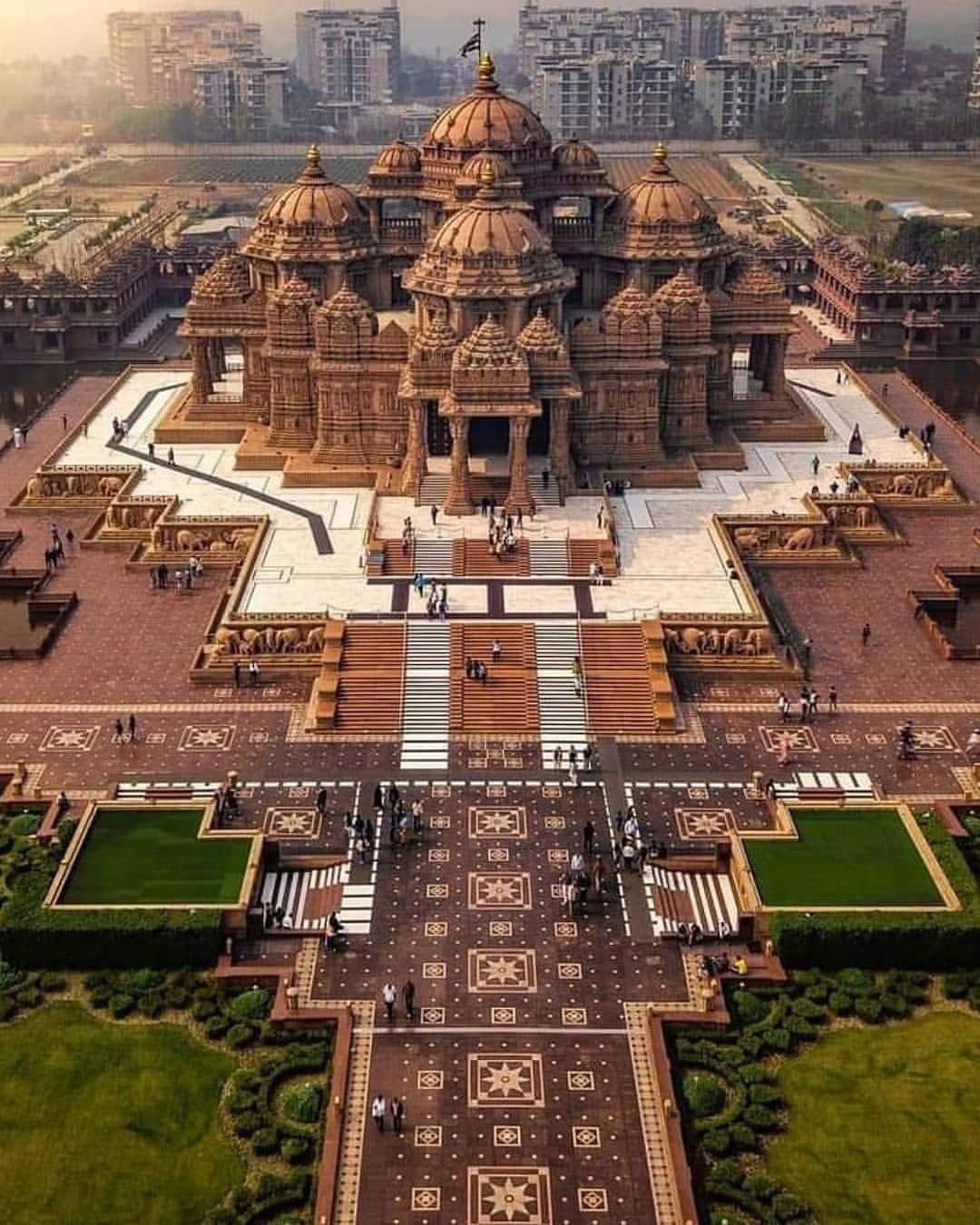









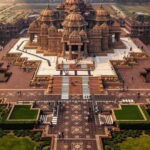

Your article helped me a lot, is there any more related content? Thanks!
The point of view of your article has taught me a lot, and I already know how to improve the paper on gate.oi, thank you.
Thank you for your sharing. I am worried that I lack creative ideas. It is your article that makes me full of hope. Thank you. But, I have a question, can you help me?
Thanks for sharing. I read many of your blog posts, cool, your blog is very good.